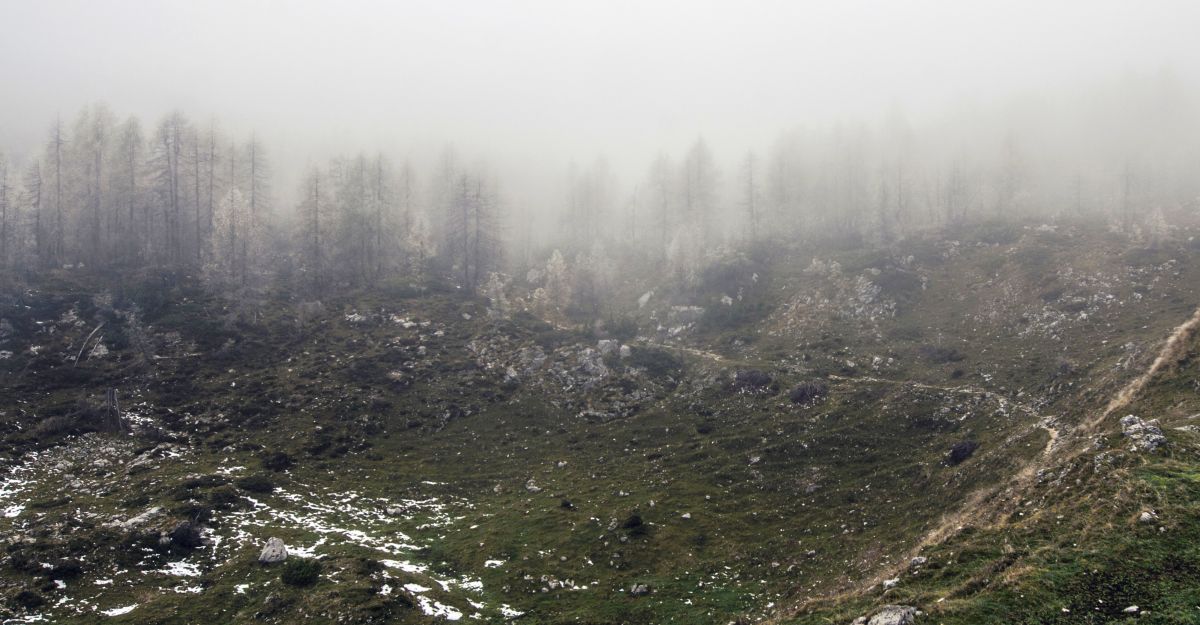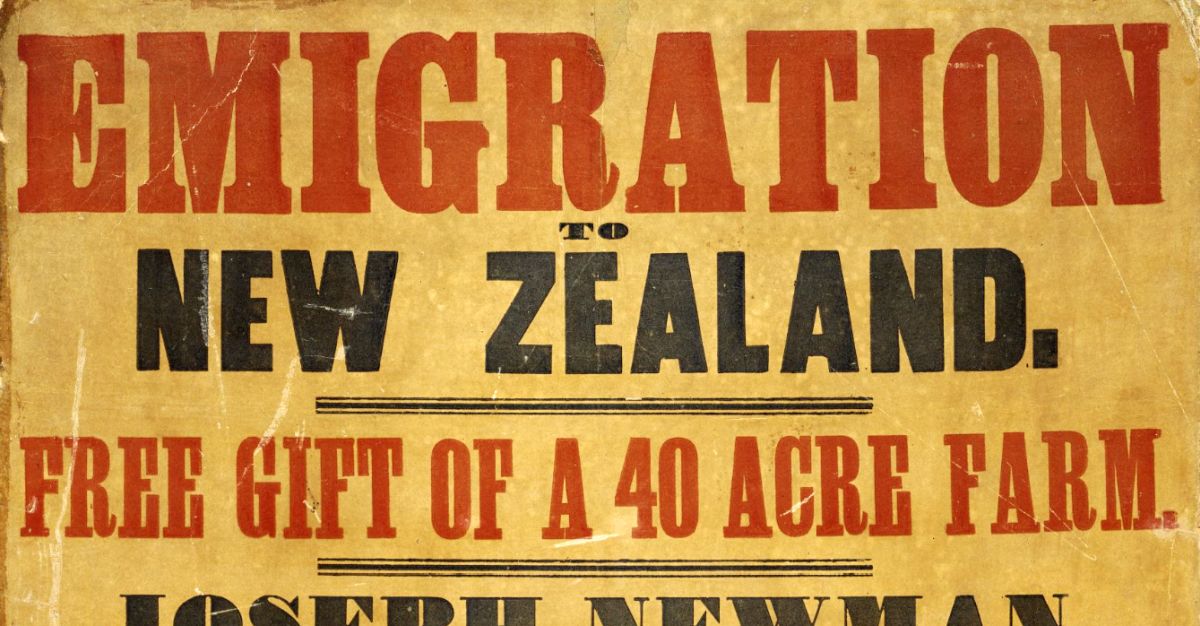Around 180 men are currently imprisoned in the Kangaroo Point Hotel in Brisbane and the Mantra Hotel in Melbourne, human sacrifices for the protection of the Australian border. Most have been used in this way by the Australian government for the past seven years. Caught by former Prime Minister Kevin Rudd’s law that anyone arriving by boat and without a visa after 19 July 2013 will never be settled in Australia, the men have been medically evacuated from Nauru or Papua New Guinea, but are not permitted to start new lives here. All of the men have complex health conditions, including serious mental health problems directly caused or severely exacerbated by their ongoing and indefinite detention. They travelled to Australia to seek safety and instead they have been deliberately harmed in the name of border protection.
If a nation is willing to detain and torture innocent men, women and children, for years on end and indeed indefinitely, all to protect its borders, it’s crucial to ask: what is the Australian border? Why is it so important, and so fragile that it needs this incredibly violent, elaborate and expensive protection?
When most people think of the Australian border, I think the image that comes to mind is of a map with a line drawn along the Australian coastline, with Tasmania at the bottom. This depiction suggests that the border is a naturally occurring boundary, where the land meets the sea. The border outlines and protects what is inside it: the land.
However, most of the men in the Kangaroo Point and Mantra Hotels encountered the Australian border thousands of nautical miles from that coastal boundary, in the north Indian Ocean. The Australian border has remained with them ever since. It has physically surrounded and imprisoned them, holding their bodies just at its edge, for many years. And it has done so, not along that line that shows this continent’s coastal boundaries, but thousands of kilometres away, in other countries.
The Australian border is still imprisoning them now. The border is here, just up the road in Woolloongabba and Preston. It is what is separating us from these men right now. The high fence and lines of police have made it visible, even to those of us who are on the other side – those of us who are supposed to be protected by it. But for some months before they put up the fence, you might not have noticed the border in these inner city hotels, just as you might not notice the border if you came into contact with a refugee under a community detention order, which could be anywhere in the city. But the border is there, following the refugee and preventing them from accessing work, education and other basic necessities of a free life. The border is dispersed in multiple locations throughout the Australian mainland, and well beyond it.
The Australian border – like all nation-state borders – is not a simple line of demarcation that can be clearly drawn on a map. State borders are complex institutions that exert themselves not only through walls and other physical boundaries, but also through a myriad of more insidious forms of control, not just at the edges of territory, but all over the world. Borders follow and surround particular people as they try to access paid employment, healthcare, justice, security and education. Or, as Chicana feminists have put it when describing their relationship with the US-Mexico border: ‘we didn’t cross the border, the border crossed us.’
The Australian border is a direct continuation of the frontier. Frontiers mark the limit of colonial control, designating the coloniser’s perceived endpoint of law, order and civilisation and the beginning of the barbaric and savage wilderness. This racist conceptualisation has justified the frontier’s aggressive push forward throughout Australia’s history, as British and then Australian forces have seized Aboriginal land through massacres, enslavement and kidnapping, as well as the destruction of Aboriginal food and water sources. The process of expanding the frontier does not occur as an unbroken line moving steadily along the continent, but rather as an ongoing system of surveillance, dehumanisation and forced displacement that targets Aboriginal and Islander people. The frontier attaches itself to those whose histories and relationships with land make them an impediment to white sovereignty over territory, categorising them as inferior and preventing them from accessing their lands and or even continuing their lives.
Race was crucial to the early Australian frontier. The British Empire was an explicitly white supremacist project. As Aileen Moreton-Robinson argues, the nation that the Australian legal system considers to have been legitimately established through more than 200 years of frontier violence is imagined as a white possession. Native title rights are legally constructed as historical artefacts generously saved by a patriarchal white sovereign. Aboriginal and Islander people, as well as non-white migrants, are constructed as drains on the system, as somehow less entitled to be here than white settlers.
If, historically, the Australian frontier marked the outer limits of white control, today the Australian border has seamlessly taken up this role, continuing the violence and destruction of its predecessor. When a mining company destroys a sacred site, when Aboriginal children are forcefully removed from their families, when a police officer assaults or kills an Aboriginal person, this is the reassertion of the Australian border.
We all know that the land is stolen, that terra nullius was a lie and yet remains the legal core of this country. What is seized must be barricaded. The stunning levels of cruelty and capital which go into the defence of the Australian border, both in terms of its defence against claims to Aboriginal sovereignty and against refugees, is reflective of its highly fragile foundations. When the current government announced recently that it would put $270bn into military spending for a post-COVID world, this had very little to do with the actual security and welfare of those who live on this continent, and much more to do with reproducing white supremacy in the Pacific at a time when real disruption and mass civil unrest might be making way for something else.
In Australian political discourse, matters of Aboriginal justice tend to be imagined as being about land, whereas matters of migrant justice tend to be imagined as being about the ocean. But the distinction between land and sea is itself a product of an Anglo-European, imperial view of the world. Oceans were crucial to Anglo-European colonialism and to anticolonial struggle, and they still are today. The boats that the men in the Kangaroo Point and Mantra Hotels were brave enough to board were not bound for Australia under directions to establish a carceral regime as part of the expansion of a white supremacist empire, as the fleets of British convict settlers were. Refugee boats are vessels of resistance against state oppression, and against nation-state borders. They harness the subversive power of the sea. As dynamic, ungovernable sites of ceaseless change and movement, oceans point to alternative geographies of borders and histories of race. So let’s not stop the boats. Let’s demand safe passage, and ask meaningful questions about why people are forced to leave their homes in the first place.
When we stop imagining ‘Australia’ as a fixed, neatly bounded landmass, and instead see it for the ongoing and international colonial project that it is, a couple of things follow.
The first is that what is usually defined as ‘Australia’ appears as a large Pacific island, one amongst many others, connected to its neighbours by vibrant oceanic straits, whose currents have long carried traders and other peaceful travellers between islands and from southern Asia. What a strange geographical anomaly to have a white supremacist regime in this brown and black part of the world.
The second is that it becomes clear that resistance against the possessive logic of patriarchal white sovereignty connects movements far beyond national borders. Solidarities between colonised peoples emerge more readily when the imperial privileging of land as territory is put aside and the world is instead viewed as a watery planet trying to recover from violently imposed racial divisions. As Epeli Hau’ofa writes, ‘we all know that only those who make the ocean their home and love it, can really claim it as their own. Conquerors come, conquerors go, the ocean remains, mother only to her children. This mother has a big heart though; she adopts anyone who loves her.’
The Australian border did not always exist and will not be part of this world forever. When we organise and gather in solidarity with these men who are inside our local communities and yet outside our national borders, we are doing something radical and important. We are not just denying the legitimacy of the border and the colonial regime it protects, we are also dismantling the border and building something else. Because of the Refugee Solidarity Meanjin blockade, which is maintaining a 24-hour watch over the Kangaroo Point Hotel to prevent any stealth transfers to higher security facilities, it is clear that the Australian border is right here in our neighbourhoods, preventing fathers from hugging their sons, and preventing local communities from being able to share a meal together. The blockade exposes the border as the outer limit of white control, a control that is thinly grasped and desperate. More than that, it creates a space where its destruction seems not just reasonable and tantalisingly close, but surely inevitable. An alternative formation of community and nation, one not based on white possession and colonial genocide, is not just some utopic idea. It is being newly activated at the blockade, but it is not new. For it always was, and always will be, Aboriginal land.






